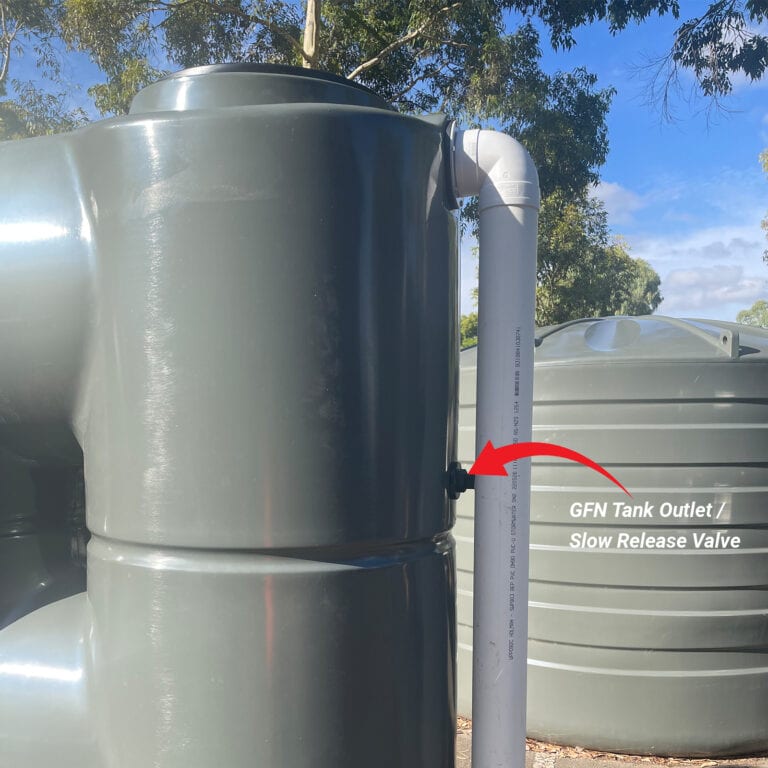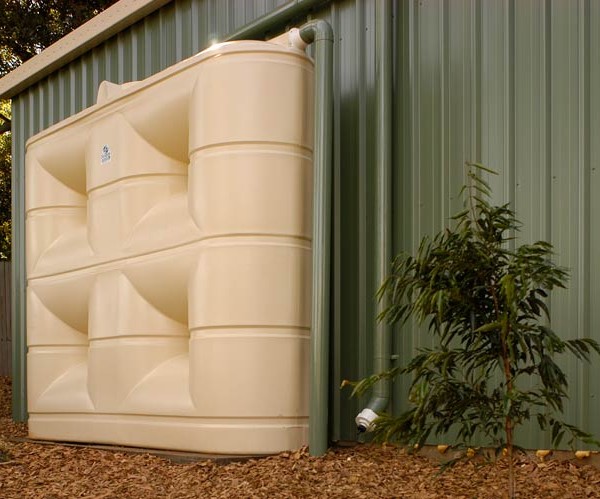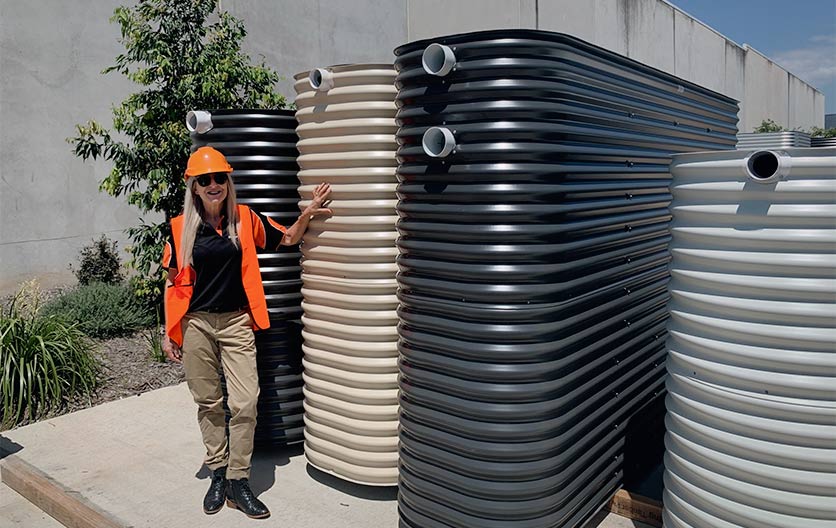Comprehending the Importance of Rainwater Storage Tanks in Drought-Prone Regions for Water Safety And Security
In regions at risk to extended droughts, the duty of rainwater containers in boosting water safety and security is a subject of expanding importance. As areas come to grips with the challenges of water shortage, understanding the value of these storage tanks goes past simple collection of rain. Rainwater containers work as an essential tool in minimizing the effect of water scarcities by offering a lasting source of water for numerous needs. The real value of rainwater containers extends far past plain storage; it includes resilience-building measures and the promotion of long-lasting water preservation techniques. This diverse strategy to water safety and security warrants a better exam of the role rainwater storage tanks play in ensuring a reputable water during times of drought.
Benefits of Rainwater Storage Tanks
Using rainwater storage tanks uses a sustainable service for increasing water system and improving water safety and security in residential and business settings. One of the primary benefits of rainwater tanks is their capacity to reduce dependency on mains water supply. By capturing and storing rain that drops on rooftops, this alternative source can be used for numerous non-potable objectives such as watering, flushing toilets, and cleaning clothing. This not only conserves cured alcohol consumption water however also lowers water costs for individuals.

Rainwater Harvesting Techniques
Rainwater harvesting strategies incorporate a variety of methods made to effectively gather and store rain for various objectives, adding to water conservation and sustainability. An additional prominent technique is the usage of above-ground or underground storage space tanks to store rain for later use.

Moreover, rainfall gardens and absorptive sidewalks are innovative methods that entail landscaping or paving surfaces in such a way that allows rainwater to percolate right into the ground, restoring groundwater reserves. Furthermore, shape farming and terracing are farming practices that assist record rain and avoid dirt disintegration in sloping terrain. By executing these varied rain harvesting techniques, communities can improve water protection and resilience in drought-prone regions while advertising sustainable water monitoring practices.
Value of Water Protection
Guaranteeing reputable accessibility to tidy and adequate water resources is vital for maintaining human health and wellness, economic advancement, recommended you read and ecological health. Water protection is an essential element of societal durability, particularly in areas susceptible to droughts and water scarcity. Sufficient water safety includes different measurements, including accessibility, high quality, and availability of water for domestic, agricultural, industrial, and environmental demands.
Water protection plays a crucial duty in advertising public health and wellness by minimizing the occurrence of waterborne diseases and ensuring hygiene centers. Economically, water safety and security is important for agricultural performance, commercial operations, and total financial growth. Slimline water tanks. Moreover, water security is very closely linked to environmental sustainability, as it sustains environments, biodiversity, and general ecological equilibrium.
In drought-prone regions, water safety comes to be even extra important due to the enhanced risk of water scarcities. Executing approaches like rain harvesting, water recycling, and efficient water monitoring practices can dramatically enhance water protection in these areas. By focusing on water security, neighborhoods can much better check out this site stand up to the influences of climate modification, populace growth, and various other obstacles that threaten water accessibility.
Enhancing Water Strength
With enhancing international water challenges, developing strength in water supply has ended up being a crucial focus for lasting growth initiatives. Enhancing water resilience includes carrying out strategies to guarantee water accessibility and top quality in the face of changing environmental conditions, such as dry spells, floodings, and air pollution.
One key aspect of enhancing water durability is promoting the usage of rain containers in drought-prone areas - Slimline water tanks. Rain tanks act as an effective means of capturing and keeping rainwater for later use, decreasing dependence on scarce freshwater sources during dry periods. By integrating rainwater harvesting systems into water administration plans, neighborhoods can improve their capability to endure water shortage and maintain water safety and security

Lasting Water Preservation
Amidst intensifying water obstacles, the prudent management of water resources via lasting conservation practices is necessary for ensuring long-lasting ecological security and social health. Sustainable water conservation involves the effective use water sources to fulfill current needs without compromising the capability of future generations to satisfy their very own demands. By applying approaches such as rain harvesting, greywater recycling, and water-efficient technologies, communities can lower water wastefulness and ease stress on freshwater resources.
Furthermore, sustainable water preservation methods add to ecosystem health by keeping appropriate water levels in rivers, lakes, and wetlands, supporting biodiversity, and protecting natural habitats. These practices also play an important function in reducing the impacts of climate change by aiding to adjust to altering precipitation patterns and water accessibility.

Conclusion
To conclude, rain tanks play a critical role in improving water protection and resilience in drought-prone regions. By using rain harvesting techniques, neighborhoods can minimize their dependence on conventional water sources and advertise lasting water conservation practices. This not only assists minimize the impacts of water shortage throughout dry spells yet also contributes to long-lasting water safety and strength despite climate change difficulties.